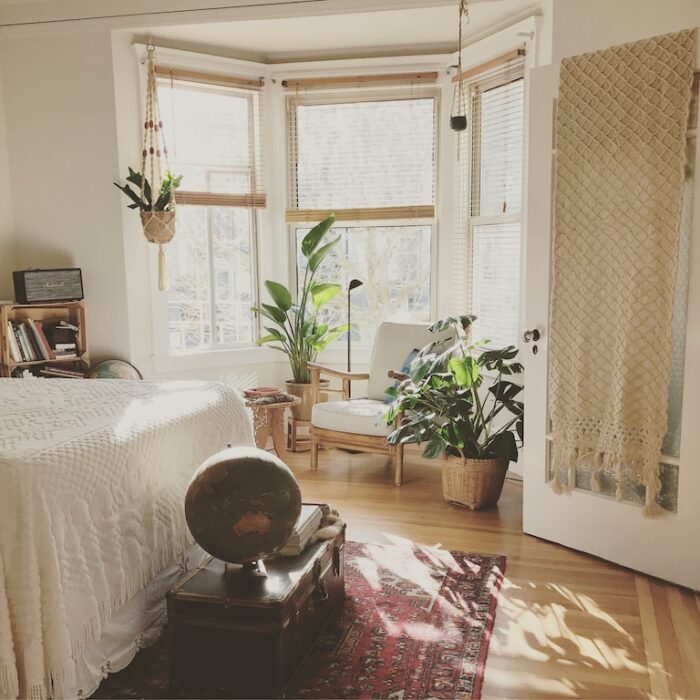As we see it, you can make two types of improvements to your home — we’ll call them “Superficial” and “Enduring.” A “superficial” change/improvement could be new paint, countertops, or floor coverings. What we’re calling an “enduring” improvement might be a change to the floor plan, an addition to the home, or even planting trees in the yard.
 Superficial improvements are generally easier to plan for and are often less expensive, but they start dying a slow death the moment the work is complete. Even if the kitchen you remodeled ten years ago is still in good shape, the finishes you chose at that time are certainly no longer in style. So not only do you now have a kitchen with some level of wear and tear, but you also have a kitchen with finishes that were popular ten years ago.
Superficial improvements are generally easier to plan for and are often less expensive, but they start dying a slow death the moment the work is complete. Even if the kitchen you remodeled ten years ago is still in good shape, the finishes you chose at that time are certainly no longer in style. So not only do you now have a kitchen with some level of wear and tear, but you also have a kitchen with finishes that were popular ten years ago.
Most of the improvements we would put in the enduring category will generally be more expensive and will likely require a bit more planning (because there is a good chance some sort of construction will be necessary). But, if completed the right way, ‘Enduring’ improvements can add value over the long haul. Yes, the materials you use will age and depreciate, but the effect of the changes may very well endure — adding value to your home not just now but also in the future. Making changes that open up your floor plan or increase natural light are examples of potentially enduring improvements. Planting trees that create a desired effect in your yard and/or adding on to your home are two more examples of improvements that have the potential to endure.
In the end, there are no absolutes — but what I am describing here are good rules of thumb. Depending on the situation, there are subtleties and ‘in-betweens’ to be addressed. For example: 1) The finishing of a basement could potentially fall into either of these categories (depending on things like basement ceiling height & window size [which affect natural light], floorplan, and cost). 2) There are situations when, because of poor planning & design, an enduring improvement can do more harm than good. 3) While value gained from a superficial improvement will generally trend down, the rate at which it trends down differs depending on the improvement, market, location of the home, etc.
Every situation is different, and the factors affecting each situation differ. Please don’t hesitate to call if you need our help or want some advice. We’ll help you understand, based on your specific circumstances, the potential implications of one decision over another. We’ll help you make a good/informed decision on how to proceed with any remodeling project.
